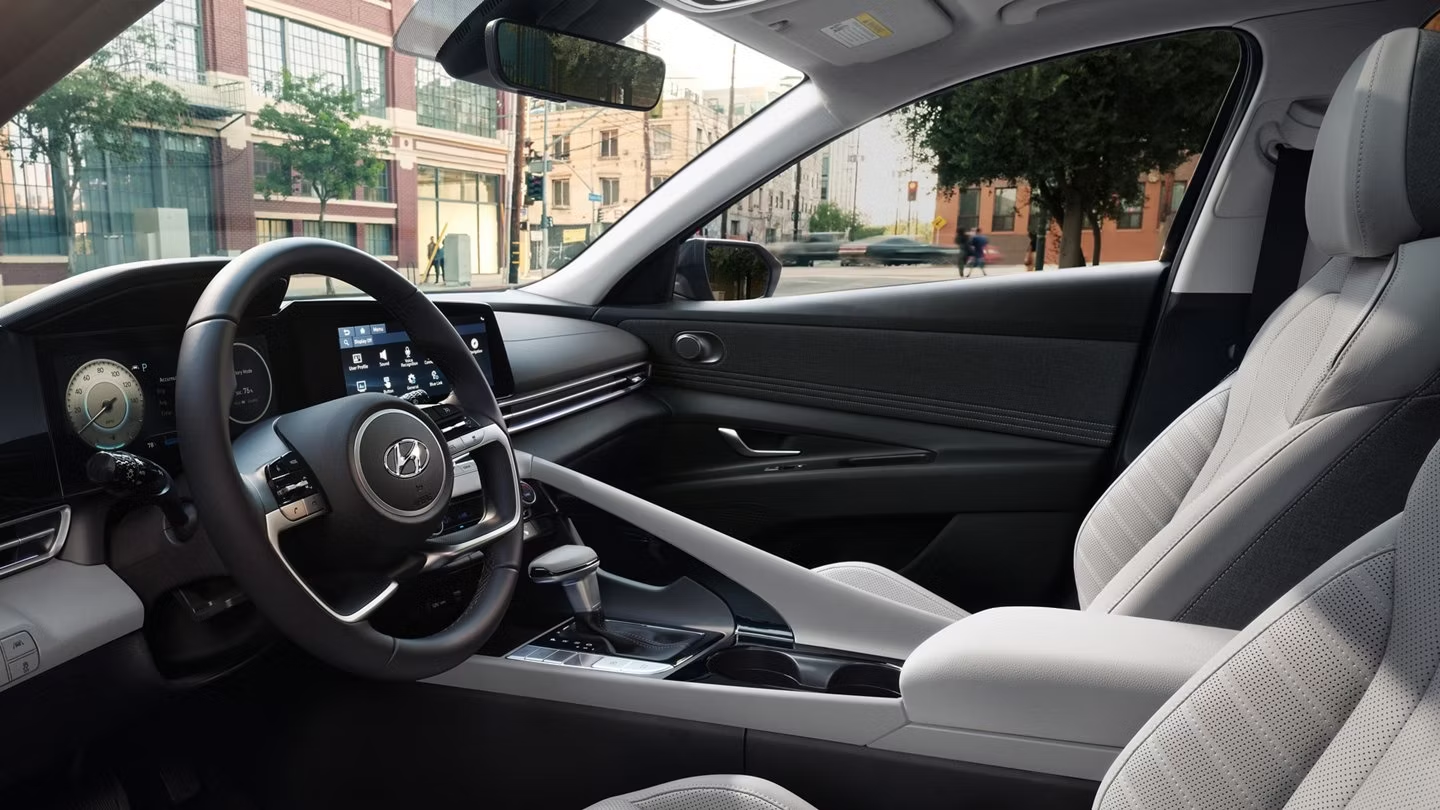
Your vehicle’s safety features can make a huge difference during an accident. From airbags that cushion impacts to blind spot warning systems, these features can protect both you and your passengers.
Some of these features include adaptive cruise control, which maintains a safe distance from vehicles ahead, and traffic jam assist, which nudges cars back into their lanes if they drift. Also included is pedestrian detection for helping drivers avoid hitting pedestrians.
1. Electronic Stability Control
Electronic stability control (ESC), one of the oldest computer-controlled driver aids, helps drivers stay in control when taking emergency action. Leveraging data from your car’s yaw, steering-wheel angle, and wheel speed sensors, ESC can detect when you take sharp turns too quickly and either brake individual wheels or reduce engine power in order to keep it on course.
Though sometimes mocked as “nanny technology”, antilock braking systems (ABS) have saved numerous lives and are now mandatory on many vehicles.
2. Pedestrian Detection
Pedestrian detection systems use computer sensors to identify pedestrians that may cross your path while driving a vehicle, providing alerts or even automatically applying brakes if necessary.
These systems have become more widespread, yet users must still exercise caution when employing them. These devices should not replace attentive driving; especially at night when smaller and more unpredictable shapes in the distance might prove challenging for these systems to recognize.
These systems can be useful on busy work sites where equipment like forklifts, reach stackers and shovel loaders create numerous blind spots due to their size and shape.
3. Rear Cross-Traffic Alert
Everyone dreads the prospect of backing out of a parking spot and colliding with another car, but thanks to rear cross-traffic alert (RCTW), these accidents can be reduced by 25-30 percent.
RCTW systems, when coupled with backup cameras, can provide both visual and audible warnings when large vehicles or walls are nearby when backing up. With reverse AEB turned on, this feature may help avoid accidentally backing into pedestrians – potentially saving lives!
4. Lane-Centering Assist
Lane-Centering Assist can assist with keeping you centered in your driving lane when combined with Adaptive Cruise Control. Using cameras to monitor for lane markings and detect when your car begins straying outside its travel lane, Lane-Centering Assist uses power steering inputs to gently guide it back onto its travel path.
This safety feature can be an excellent complement to lane departure warning and lane keeping assist technologies, although these should not be seen as hands-free systems.
5. Automatic Crash Notification
Crash-notification systems use smart devices connected to built-in or external smart devices to alert emergency responders if your airbags deploy, and transmit your location quickly so first responders can reach you more quickly, particularly if you are unconscious and cannot contact emergency services for help yourself.
But these systems become pointless if drivers decide to disable them, which is why Consumer Reports is initiating a campaign urging automakers to make automatic crash notification standard in all cars and keep it active regardless of any subscription plans you subscribe to for other connected features.
6. Lane Departure Warning
One of the main causes of road crashes is when vehicles veer out of their lanes without signaling first. Lane departure warning systems (sometimes referred to as lane assist but often included as part of larger ADAS tech packages ) provide early alerting of this behavior by vibrating your steering wheel and emitting an audible alert if your car drifts out of its lane.
Even brief lapses of concentration cannot excuse unsafe driving situations; these features may help you avert more serious situations than otherwise would have occurred. Please remember, though, that these technologies do not replace attentive driving practices.
7. Blind Spot Assist
Blind spot monitoring, more commonly referred to as BLIS, utilizes sensors installed in your vehicle to notify you when there’s another vehicle occupying your blind spot. BLIS may alert drivers with indicators in the side mirrors, chimes or beeps from audio systems and visual displays if an alert goes off in their blind spot.
While this feature may be helpful, it shouldn’t take the place of checking mirrors and looking over one’s shoulder. Drivers must still ensure they check for blind spots before changing lanes or backing out of driveways/parking spaces.
8. Rear Cross-Traffic Alert
Rear Cross-Traffic Alert detects approaching vehicles when a driver backs out of a parking spot or driveway and alerts them with audio and visual alarms. Unfortunately, it does not work with angled parking spots so it is essential that drivers physically check behind their car before backing out of an area.
Twenty percent of accidents that occur in parking lots involve drivers not seeing cross traffic when backing out. This innovative technology reduces this fender bender rate by monitoring the road while you reverse.
9. Fatigue Monitoring
Fatigue and drowsiness are major contributors to car accidents. That is why many cars now come equipped with driver alertness monitoring systems that can detect signs of fatigue and alert the driver that he or she needs a break.
Though these advanced safety features cannot prevent accidents entirely, they can reduce their severity – offering peace of mind while possibly even helping lower insurance premiums. It is certainly worthwhile investing in them for both yourself and potential savings on insurance premiums.









